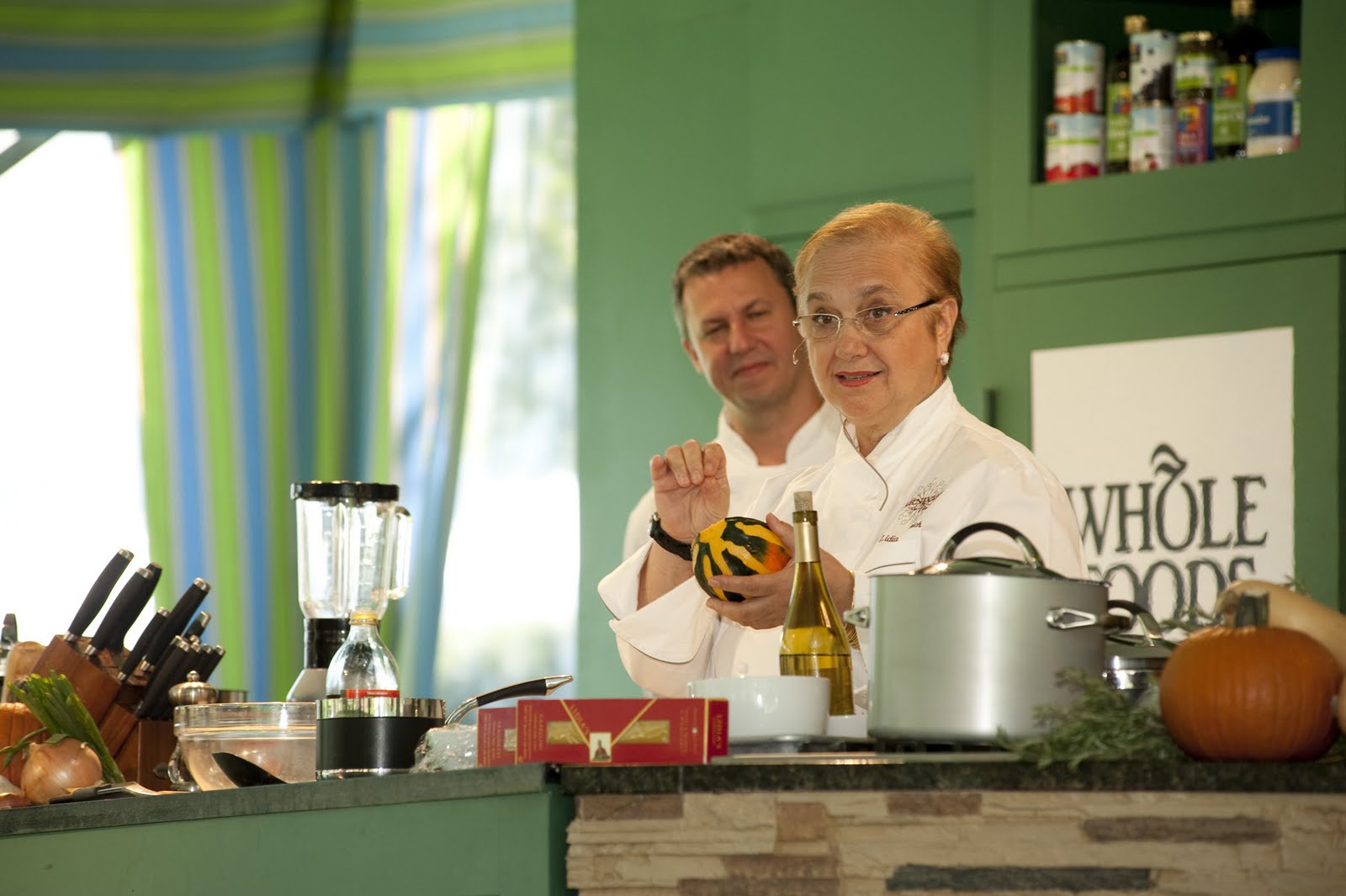
Today’s guest post is by Jennifer Rothman, associate vice president for children’s and public education at the New York Botanical Garden. Jennifer contributes to our ongoing exploration of museums, food and community. Interested? Join colleagues from the museum and food communities in Pittsburgh on Oct. 13 for Feeding the Spirit, a symposium exploring how museums can use food to grow audiences (and improve their own financial health).
As someone who works at a Botanical Garden I don’t like to admit this but…I have never had a garden of my own. I never grew my own tomatoes, harvested lettuces for dinner, or picked strawberries for desert. Living in a small apartment in New York City, I was afraid my daughter Ella might follow in my footsteps. So, as soon as she was eligible (3 years old), I signed us up for a program I oversee at the New York Botanical Garden, the Children’s Gardening Program. Every week this spring and summer, she and I planted beans, tended to radishes, harvested strawberries, watered, weeded and prepared weekly snacks like tomato bruschetta and herbed cream cheese.
I enrolled Ella in the program because I knew that she would benefit from seeing where her food came from. I knew she would be proud of the plants she tended and that she would grow from experiencing the many benefits of gardening that I talk of daily to funders, visitors, and other stakeholders. I was less prepared for the impact it would have on me. I now understand seasonality more intuitively than I did before and I find myself choosing vegetables at the market that I may have shied away from previously. More than that though, there is an intangible joy and pleasure that comes from growing your own food which I learned right alongside my three year old.
As associate vice president for children’s and public education at the New York Botanical Garden, I oversee all of the gardening programs for children and families along with all public programming for special exhibits—which increasingly includes food related programming. The Children’s Gardening program is one that I was lucky enough to inherit—it has been in existence at the New York Botanical Garden for over 50 years.
Skip over related stories to continue reading articleEvery spring, summer and fall children maintain their own plots filled with vegetables and fruits that they weed, water, harvest and prepare. Our overarching goal for the program is to help children and adults understand where their food comes from and to make a connection that might change their eating or lifestyle behaviors.
As an educator, the biggest “aha moment” I’ve seen is watching a child harvest broccoli that they grew themselves and see a huge smile grow on their face. This of course is followed by the child eagerly eating the broccoli, something that most of their parents assure me that they have not done before. I remember thinking: If growing vegetables could have this sort of impact on children, why couldn’t it have the same effect on adults?
 |
| Lidia Bastianich Photo: Ivo M. Vermeulen. Courtesy of The New York Botanical Garden |
So, two years ago I created the Edible Garden program—a series of cooking demonstrations, talks and tours—to help adults make healthy choices at home and be inspired to grow and prepare garden fresh meals. On the kitchen stage we built in front of our landmark Enid A. Haupt Conservatory, chefs like Mario Batali, Martha Stewart, Todd English and Lidia Bastianich demonstrated everything from sautéed kale with ricotta to beet risotto to herbal cocktails. Mario Batali has become a friend and partner—this year helping us to create the Mario Batali’s Edible Garden.
Through my experiences, I have come to believe food is the universal communicator. It helps me bring to life the stories of our exhibits. Most recently for the Spanish Paradise: The Garden’s of the Alhambra exhibit, we created a series called the Food and Culture of Spain. Through programs like these we can use food to help a visitor get a sense of place or time in history and to understand the themes of the exhibit in a deeper way.
I am also seeing that many of our food programs are bringing in a younger demographic than we typically see. This is exciting because I think these are the real change makers in the food conversation and they are also audiences we can build on for the future of the New York Botanical Garden. With all of our food programming, we are reaching new audiences but we are also reaching old audiences with new information. As an educator, administrator, mom and newly minted amateur gardener, it’s pretty exciting.








Hi,
I hope you're having a great week! I saw you wrote about the benefits of gardening here and thought you might be interested in an infographic I helped build. It's about the health, mental and financial benefits of gardening. Here's the infographic.
I'm biased, but I think it's very cool! If you think your readers would like it too, please feel free to use it on Center for the Future Museums. There's code at the bottom of our post that makes it super easy to post on your blog. It's free to use, we love sharing our content! If you have any questions about posting it, let me know and I'll try to help. If you do decide to post it, please let me know : )
Thanks!
~Mel
melanie.palmero@gmail.com
Thank you for sharing the link to the infographic, Melanie! I had been following info pics on food & nutrition, but this is the first I've seen on benefits of gardening.